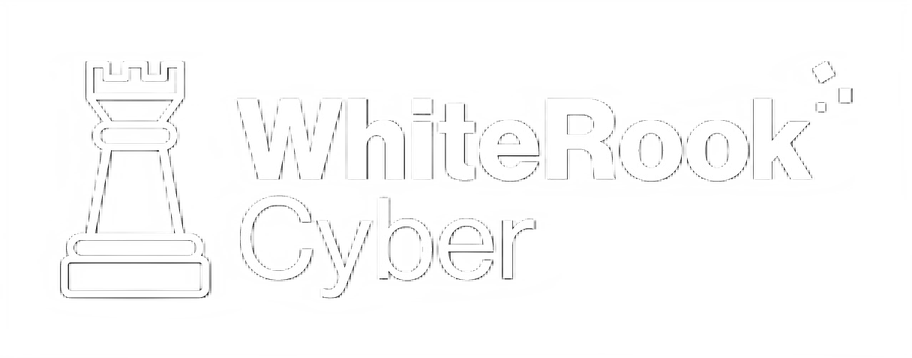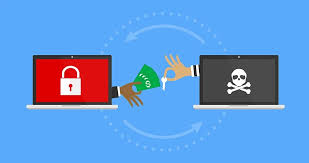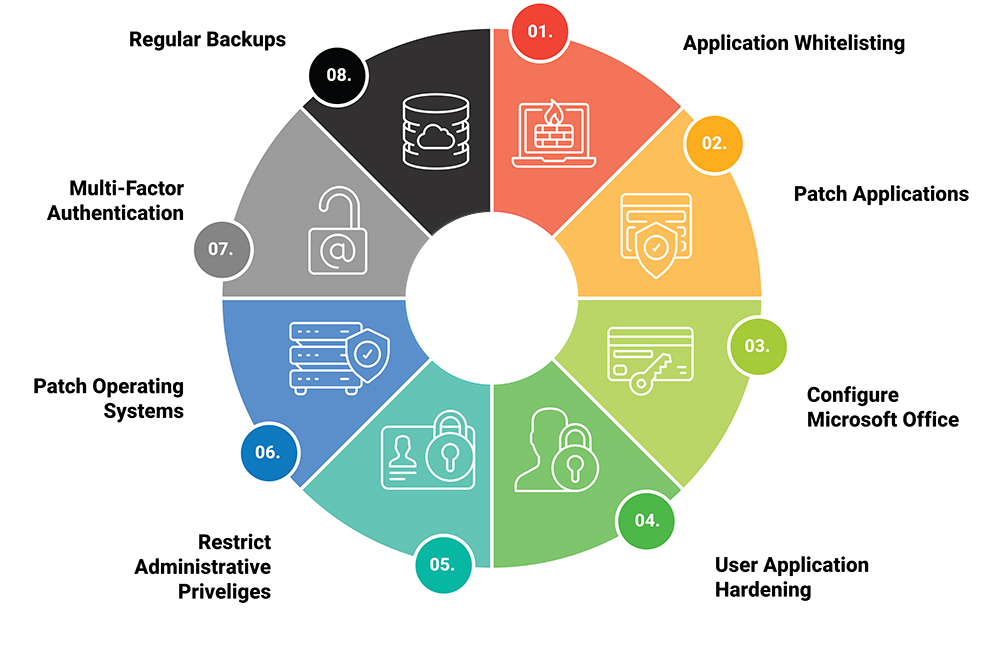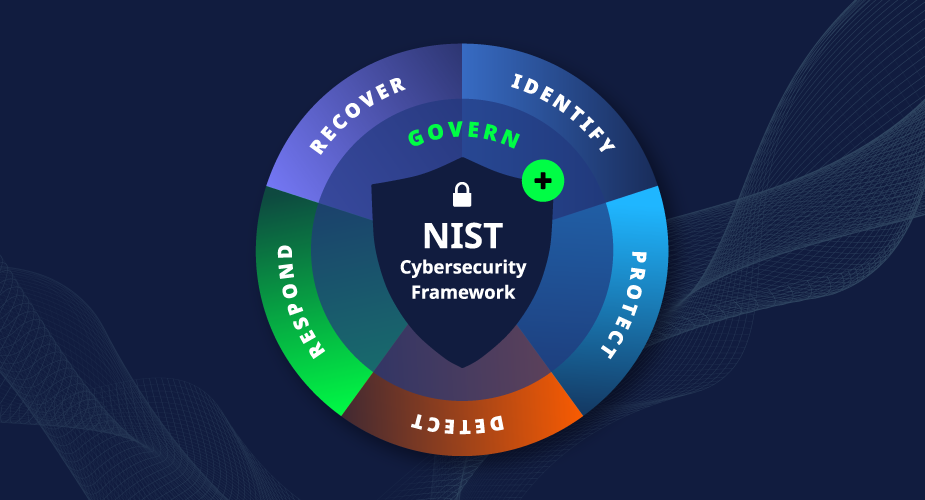Cyber threats do not keep office hours. Phishing, ransomware, credential stuffing, and insider misuse can unfold at any moment, often when your team is offline. Around the clock visibility and rapid response are now
baseline requirements to protect operations, data, and reputation. This is where a modern Security Operations Centre paired with Security Information and Event Management technology delivers decisive advantage.
In this guide, you will learn what a SOC is, how SIEM technology works, and why real-time detection and response reduce risk and cost. You will also see how continuous monitoring plays out in practice, with examples that mirror common incidents across Australian organisations.
What is a Security Operations Centre (SOC)?
A SOC is a dedicated team of analysts, engineers, and incident responders who monitor your environment continuously. They investigate security alerts, validate true positives, and act to contain threats. A mature SOC integrates people, process, and technology so you gain:
- 24/7 monitoring across endpoints, network, identity, cloud, and email
- Threat hunting and correlation to spot subtle patterns that tools alone miss
- Guided containment and recovery tied to an established playbook
- Reporting that shows risk, response, and lessons learned
Think of the SOC as your security nerve centre. Telemetry flows in, analysts triage and escalate, then response actions are coordinated to reduce dwell time and business impact. For many organisations, partnering with a provider is the most effective way to achieve this capability without building and staffing it in house.
How does SIEM technology keep businesses secure?
SIEM is the data and analytics engine behind the SOC. It aggregates logs and events from across your environment, normalises them, correlates related activity, and applies use cases and threat intelligence to detect suspicious behaviour. In practice, a SIEM helps you:
- Centralise visibility: Collect events from firewalls, servers, SaaS, identity providers, EDR, email, and cloud platforms
- Detect faster: Apply real time correlation rules and behavioural analytics to surface true risk
- Reduce noise: Suppress duplicates and enrich alerts with context so analysts focus on what matters
- Support compliance: Maintain audit trails and reporting aligned to frameworks such as the Essential Eight and ISO 27001
When tuned by experts and supported by mature processes, the SIEM becomes your early warning system. It spots the faint signal of an attack before it becomes a breach, then hands that signal to the SOC for action.
The benefits of real-time threat detection and response
Seconds and minutes matter. The earlier you detect, the smaller the blast radius. Real-time detection and response provide tangible outcomes:
- Lower incident cost: Rapid isolation prevents lateral movement and data exfiltration
- Reduced downtime: Business services stay online, and customers remain unaffected
- Evidence for assurance: Clear timelines, actions, and outcomes support executives and auditors
- Continuous improvement: Lessons feed back into playbooks, rules, and controls
This is not just theory. Consider three common scenarios.
Scenario 1: Ransomware at 1:12 a.m.
A workstation begins encrypting files on a shared drive after hours. The SIEM detects abnormal file operations and correlates with an endpoint alert for a suspicious process. The SOC isolates the device, disables the compromised account, and blocks the hash at the EDR layer. File restores begin from clean backups, and the user’s credentials are reset. Operations resume with minimal disruption because containment started within minutes, not hours. For added resilience, a layered approach that includes strong backups and dedicated ransomware protection can further reduce risk.
Scenario 2: Privileged account abuse on a weekend
An admin token is used from an unusual location with atypical PowerShell activity. The SIEM’s behavioural analytics trigger an alert based on geolocation, time, and command patterns. The SOC enforces step-up verification, applies conditional access, and reviews recent privilege changes. Because the alert was caught early, the organisation avoids unauthorised changes to critical systems, and audit evidence confirms control effectiveness.
Scenario 3: Credential phishing during lunch
A user clicks a fake MFA prompt and approves access. Within minutes, the SIEM correlates impossible travel, inbox rule creation, and OAuth consent spikes. The SOC revokes the session, resets credentials, and removes malicious rules. The user is then enrolled in targeted training to prevent recurrence. Pairing monitoring with ongoing cyber security awareness training helps turn this near miss into a durable improvement.
SOC and SIEM together: why the combination matters
Tools without people can overwhelm you with noise. People without tools cannot see enough to act in time. The combination of SOC and SIEM gives you both depth and speed:
- Depth, because the SIEM connects the dots across diverse telemetry
- Speed, because the SOC acts on validated alerts using tested playbooks
- Assurance, because you can evidence control effectiveness against your governance, risk, and compliance goals
White Rook Cyber’s team treats this as an integrated service. We tune use cases to your environment, align actions with your risk tolerance, and provide reporting that executives and auditors can rely on.
Practical steps to strengthen round the clock security
If you are building or enhancing your capability, prioritise these steps:
- Map your critical assets and data flows so monitoring focuses on what matters
- Integrate endpoint detection and response, identity logs, and cloud events into the SIEM first
- Define clear incident severities, escalation paths, and approval checkpoints
- Run regular tabletop exercises tied to your cyber incident response plan
- Align detections to common threats such as MFA fatigue, business email compromise, and ransomware
Training remains essential. People are the first and last line of defence. Programs such as online security awareness training help reduce risky behaviour and improve reporting of suspicious activity.
Evidence that constant vigilance prevents costly breaches
Public incident data shows that longer dwell time increases cost. In our work with schools, healthcare networks, and councils, the pattern is consistent. When the SOC can see anomalies in real time and act within minutes, lateral movement is contained, backups remain clean, and investigation windows shrink. This reduces unplanned outage time and protects community trust.
One council we supported faced a phishing led compromise of a single mailbox. Rapid correlation and response prevented fraud attempts and protected vendor relationships. A private school avoided a ransomware outbreak when after hours encryption attempts were blocked within three minutes, and files were restored from the previous snapshot. For a healthcare network, early detection of a misused administrative credential stopped a wider system outage and avoided clinical service disruption.
Why partner with White Rook Cyber
Standing up a 24/7 capability is complex and costly. White Rook Cyber delivers the people, process, and technology as a managed service customised to your risk profile and regulatory obligations. Our Australian SOC operates continuously, backed by proven methodologies and clear communication. If you want to understand how a combined monitoring and response capability would look in your environment, explore our siem soc service to see how continuous visibility and action come together.
You can also strengthen your broader program with targeted services that complement SOC and SIEM. If you need help hardening endpoints and improving containment effectiveness, review our endpoint detection and response approach. To uplift staff vigilance and reduce phishing risk, consider dedicated online security awareness training tailored to your teams.
Summary
Attacks happen at all hours. A SOC empowered by a well-tuned SIEM delivers continuous visibility, rapid detection, and decisive response so you can operate with confidence. You gain measurable reductions in risk and downtime, stronger compliance assurance, and a cycle of continuous improvement. White Rook Cyber provides a proven, Australian based service that monitors, investigates, and responds day and night so you can focus on your mission. Ready to strengthen your defence and sleep easier knowing experts are always watching your environment? We are here to help. Contact Us now.





